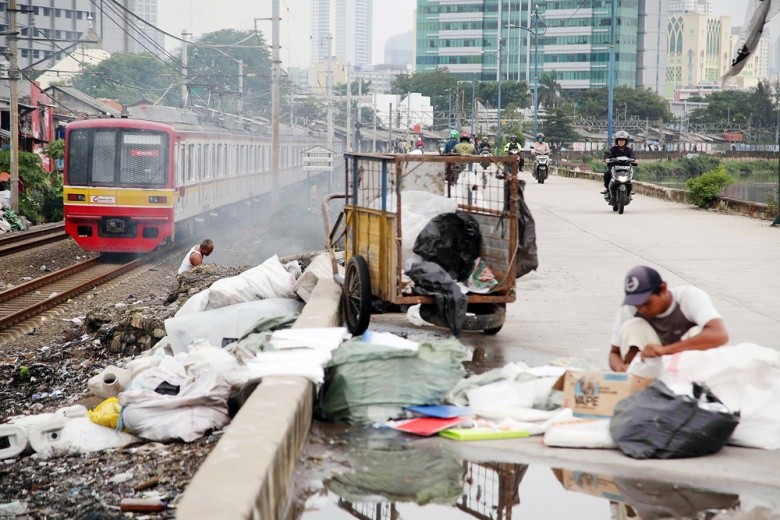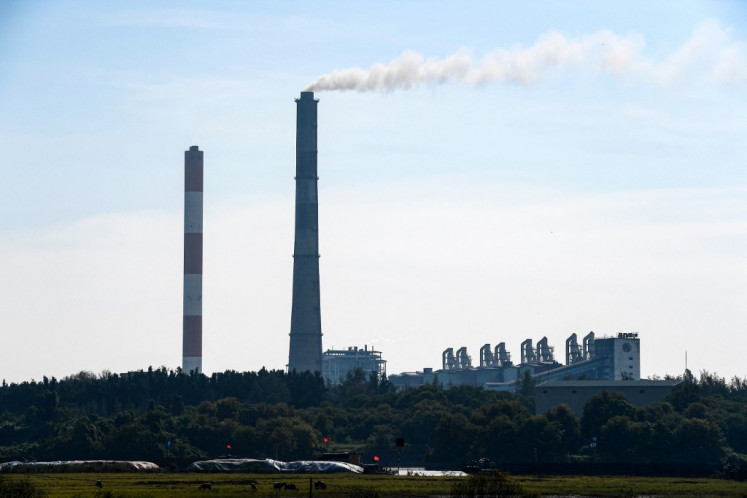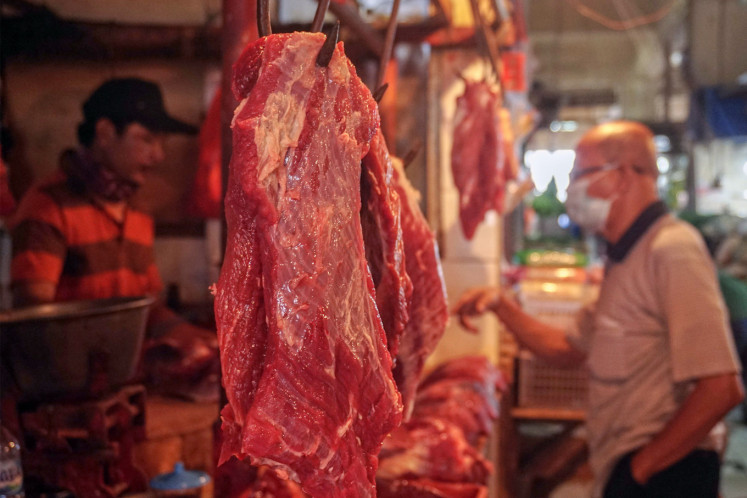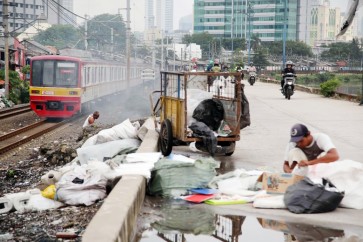Popular Reads
Top Results
Can't find what you're looking for?
View all search resultsPopular Reads
Top Results
Can't find what you're looking for?
View all search resultsLessons learned from the 1997 Asian financial crisis
In terms of Human Development Index (HDI) China ranks 85th in the world, Indonesia and the Philippines at 107th place and Vietnam at 117th, though these countries have done well in terms of improvement throughout the period of 2010 and 2019.
Change text size
Gift Premium Articles
to Anyone
E
ast Asia, including ASEAN and China, recovered strongly from the devastating financial crisis of 1997. There is no need for me to discuss what happened back then. Suffice it to say the crisis created an opportunity for deeper East Asian cooperation on the one hand and that some of the big cooperate ideas that were floated then, particularly on Asian regional financial architecture, remain unfinished to this day.
We also adjusted better to the Great Financial Crisis (GFC) of 2008 compared with western Europe and North America. East Asia demonstrated this agility again during the COVID-19 pandemic.
Between 1997 and 2021 annual per capita output grew by 5.7 percent in Indonesia, 4.1 percent in the Philippines and 4.4 percent in Thailand. For the record, these are the three countries of ASEAN that were hit hardest by the crisis. Growth performance in the rest of ASEAN in the same period has been remarkably high, leaving aside Brunei Darussalam.
In fact, Vietnam has emerged as the star performer within ASEAN and is seemingly on a miraculous development path, continuing the “Flying Geese” pattern of East Asia. China, of course, has been the most phenomenal of all economies of East Asia during the last 25 years, growing at a double-digit rate almost uninterruptedly.
The good growth performance of East Asia is attributable to stimulus-inspired growth in the developed economies of Europe and North America but also, to a more important degree, the deepening trade connectivity that governments painstakingly strengthened after the crisis.
Exports of goods and services from ASEAN and China gained in the last 25 years relative to exports from the world combined. ASEAN’s share in the world export of goods and services rose to 6.4 percent in 2019 though it declined slightly to 6 percent in 2021. The latter reflects the disruption to the global supply chain and many other problems during the COVID-19 pandemic.
In the same period China’s share almost quintupled from 2.7 percent in 1997 to 12.7 percent in 2021. China has been the clear winner in the trade globalization of the last 25 years, establishing in the earlier part of the period competitiveness in low-skill manufacturing but extending it later to high-skill manufacturing, including information and communication technology (ICT) products.



















